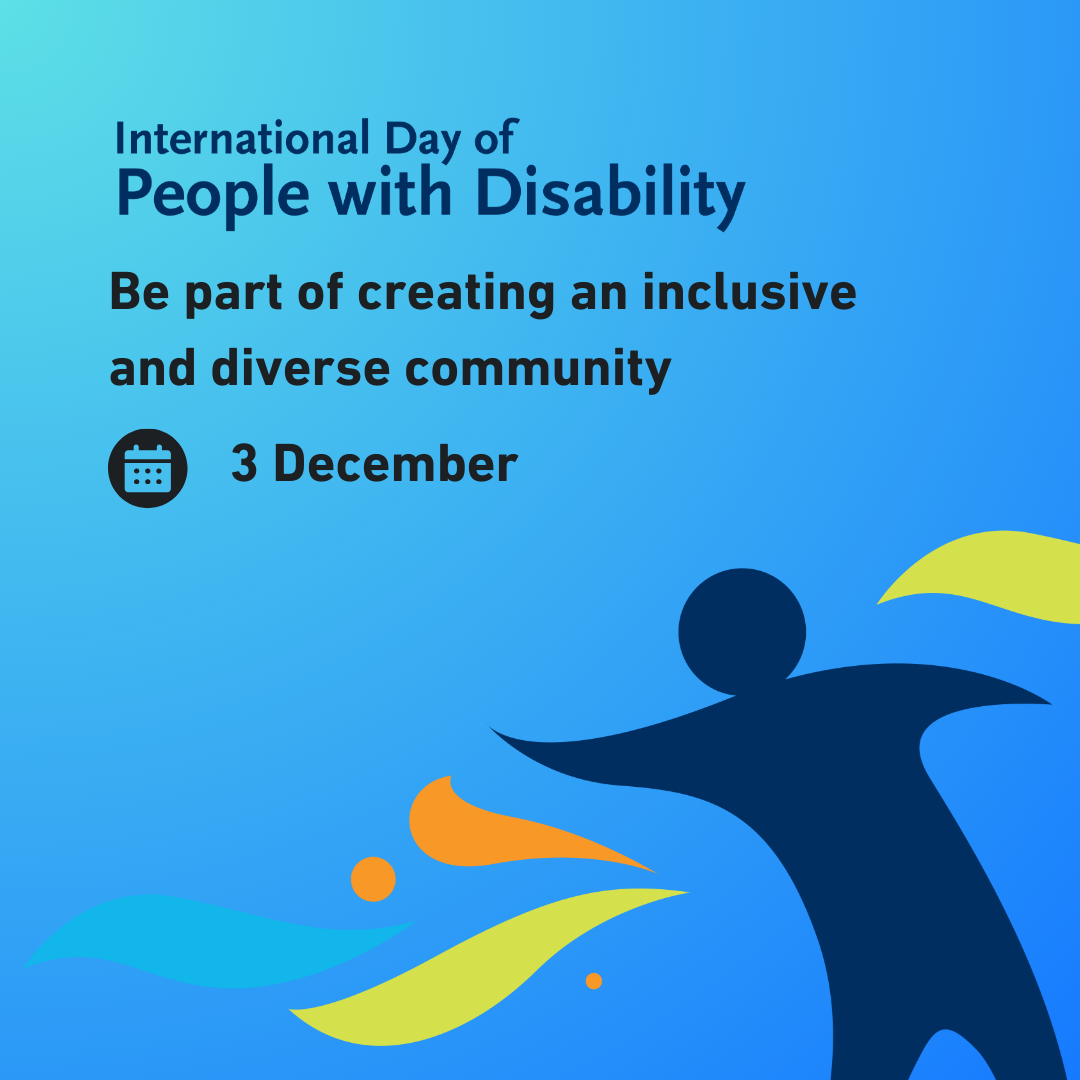Tharon’s Thoughts from Within: Understanding Sensory Processing in Autism: My Perspective


By Tharon
Neurodivergent Consultant at helpz
Today I am sharing my perspective on sensory processing. As an autistic person, I can see that there is a general effort in organisations and people trying to be more neuro- and sensory aware. However, the word ‘sensory’ is used so much, that I feel further attempts at education and awareness are needed, so that the impact of sensory processing isn’t lost in the buzz. Sensory processing is essentially the brain’s ability to interpret and respond to information from our environment. For me, and many others with autism, this process can be either heightened or diminished, leading to unique challenges.
I often have to ask people to repeat themselves multiple times, not because I didn't hear them, but because my brain repeatedly does not process some of the sounds into words. Sensory processing involves interpreting information from our surroundings, and for some of us with autism, this can mean processing too little or too much sensory input.
When someone is processing too much input, they are experiencing sensory overload. To describe this briefly, this occurs when my brain is overwhelmed by sensory input, which can lead to a meltdown. During an overload, my ability to manage the event and my response is limited, but possible. During a meltdown on the other hand, I have zero ability to control myself, including my reaction to perceived threats. An overload or a meltdown is your brain going into a pure survival mode, it shuts down everything except your instincts and survival responses to perceived threats. It takes time for your conscious mind to regain control. We don’t choose our sensory preferences or triggers, and many of us have difficulties explaining our sensory needs.
There are many attempts to understand our sensory preferences, and the use of a sensory profile assessment is one of them. However, when administering these assessments, it is important to know that the questions are often not precise enough for individuals with autism. They do not capture the full context of our experiences. For example, asking "Do you wear socks?" might get a straightforward "no", and the assessor may then assume there is no issue. However, if the assessor asked me “What is the process you put socks on?”, you may soon learn about the preference for tight or loose socks, for seamless socks, or low or high socks. There may also be conditions in which I can wear socks and conditions where I can’t. So yes, while I wear socks – it can be a painful experience for me, which you will only learn if you dig deeper or ask explicitly. Many of us lack the words to explain how we feel about sensory input and emotions, and our experiences can change depending on the context. Wording of questions needs to be considered to prevent inaccuracies and misunderstandings about our sensory needs.
One of the ways in which you may observe us regulating our sensory needs is through stimming. Stimming is a self-soothing action that helps with self-regulation. When asked to stop stimming, it can take immense strength and willpower, and it can be painful for us to stop stimming. It is important to let us explore sensory input preferences and help us to understand why we engage in certain behaviours. If a behaviour is inappropriate, help the person find a better way to meet their needs. However, if the behaviour is not inappropriate but just “different”, let it occur.
For example, if our stimming is annoying, we need to be told and given help to find less bothersome alternatives. Sensory tools can be incredibly valuable for self-soothing, and finding an effective one can be difficult but feel like striking gold when it is found. While there are many on the market, there is not a one-size fits all approach, and sometimes what works may be unconventional. It may be a person, music, an object, or even a martial arts kata. Having the right sensory tools can help us learn and function. A common strategy/tool in schools are movement breaks. However, these do not always need to be breaks. Children with autism may learn better when moving, and using movement as a tool supports their regulation in the classroom. This could take the form of flexible seating where they use swivel chairs, yoga balls, bean bags, and wobble cushions, where kids can move while they learn if they choose it. I write this focusing on children as there has been many advancements towards acceptance for children and supports for them, however there is a significant lack of supports for adults in the workplace and providing such accommodations.
Understanding and accepting sensory preferences and how this manifests in autistics is part of being neuroaffirming. I can acknowledge that some of the world is trying to be more neuroaffirming, and it is a step in the right direction that organisations are trying to be more sensory-friendly. However, it's not enough. The small windows we are given to do our shopping or to attend a venue is never going to suit every autistic person. We need to move towards a world where environments should be sensory-friendly more frequently and for longer periods, perhaps a weekly sensory day. We often have to adjust to what suits everyone else, but I look forward to the day when we no longer need to – a change I may never see in my lifetime; a change that can take generations.
I will leave you this month by correcting several misconceptions that I have noticed about sensory processing in autism:
- “Sensory issues are exclusive to neurodivergent people”. They are not. Everyone can experience sensory processing difficulties. However, neurodivergent individuals often feel these more intensely due to a limited ability to regulate or filter out sensory input. You can feel overstimulated by sensory input without being neurodivergent.
- “Stimming is only for neurodivergent people”. Everybody stims, the difference is that neurodivergent people do it with greater frequency and intensity, because their self-regulation needs happen more often.
- “Sensory issues are just people being difficult”. It is not true. We do not choose our sensitivities, and while we work on building our tolerance or regulating ourselves (aka masking behaviour), it is not always possible. I have mentioned this before, and I will keep advocating this - we are not giving you a hard time; we are having a hard time.
- "Sensory issues are just a phase.” This passing comment may seem harmless or hopeful to some, but it hurts us for you to assume that we choose this behaviour. Sensory processing issues are unlikely to disappear. We learn to regulate ourselves and build up tolerances (aka masking behaviour), but these are lifelong issues that can be managed but not eliminated.
The topic of sensory processing is huge, and difficult to summarise in a short opinion column. However, the continuation of learning and bringing awareness to these issues will create more understanding in society. At the end of the day, we want to create more inclusive and supportive environments for individuals with autism. This involves not only recognising the validity of sensory issues but also providing the necessary tools and strategies to help manage them effectively.
To learn more about meltdowns and other experiences of autistic people, register for Tharon’s upcoming training, just click the button.
News & Insights
Check Our Latest Resources







